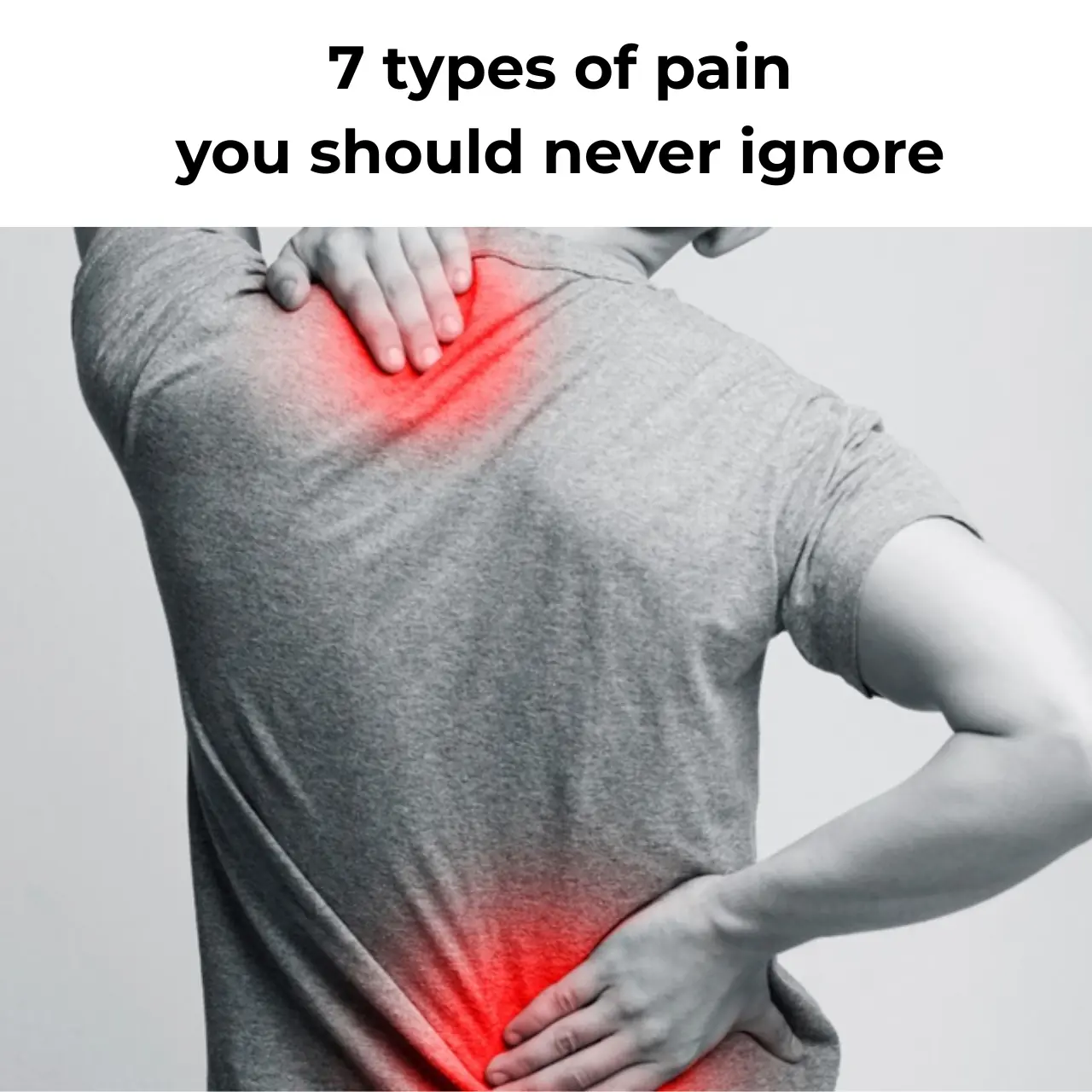
The Most Effective Natural Way to Remove Gallstones
 If you’ve ever experienced gallbladder pain, it’s an ordeal that stays with you. The pain often begins in the middle or upper right side of your abdomen and can radiate to your back, especially between your shoulder blades or toward your right shoulder. It can come on suddenly, feeling sharp, squeezing, or burning, and may last anywhere from a few minutes to several excruciating hours.
If you’ve ever experienced gallbladder pain, it’s an ordeal that stays with you. The pain often begins in the middle or upper right side of your abdomen and can radiate to your back, especially between your shoulder blades or toward your right shoulder. It can come on suddenly, feeling sharp, squeezing, or burning, and may last anywhere from a few minutes to several excruciating hours.
For some lucky individuals, the pain fades away on its own—but for many others, it comes back stronger and more frequently. Alongside the pain, you may also experience nausea, vomiting, sweating, chills, or even fever. In more advanced cases, urine can turn dark yellow or brown, and stools may appear pale or grayish—clear indicators that bile flow has been disrupted.
Anatomy of a Gallstone
While the symptoms of a gallbladder attack can feel overwhelming, the underlying cause is often surprisingly small—sometimes no larger than a grain of sand. Gallstones, the most common culprit, can form in both the gallbladder and the liver’s bile ducts.
These stones are hard, crystalline deposits that vary in color—ranging from off-white to dark green or reddish hues—and are made from substances normally found in bile, such as bile salts, bilirubin, and cholesterol. Depending on the person, they can differ in size and number. Some people have a few stones measuring around 0.5 cm, while others may harbor one large stone up to 5 cm or even hundreds of tiny ones resembling grains of sand.
Although they might look harmless, these stones can cause serious problems once they begin to block bile ducts or irritate the gallbladder wall, leading to inflammation, infection, and intense pain.
What Does the Gallbladder Do?
The gallbladder is a small, pear-shaped organ located just beneath your liver. Its main role is to store and concentrate bile, a digestive fluid produced by the liver that helps your body break down fats.
Before eating, your gallbladder is full of bile, roughly the size of a small pear. After you eat—especially foods rich in fat—it contracts and releases bile into the small intestine to help emulsify and digest fats efficiently.
Interestingly, conventional medicine considers the gallbladder to be nonessential, since many people live normal lives after having it removed—a procedure called cholecystectomy. This surgery has been performed since the 18th century and has evolved dramatically over time. By the 1990s, the introduction of laparoscopic surgery made gallbladder removal much less invasive, allowing faster recovery and minimal scarring.
However, while people can live without a gallbladder, modern research has revealed that its removal can still have digestive consequences, such as mild diarrhea, difficulty digesting fatty meals, or reduced absorption of fat-soluble vitamins.
Prevalence and Causes of Gallbladder Disease
According to studies, gallstones affect more than 30 million Americans each year, representing about 12–15% of the population, and result in hundreds of thousands of gallbladder surgeries annually. The condition is becoming increasingly common, particularly in industrialized nations like the U.S. and Europe.
The primary reasons? Diet and lifestyle. Diets high in refined carbohydrates, unhealthy fats, and processed foods, combined with sedentary habits, contribute to sluggish bile flow and cholesterol buildup—both key factors in gallstone formation. Hormonal imbalances, obesity, rapid weight loss, and even certain medications can also increase the risk.
While it’s possible to have gallstones without symptoms, once they obstruct the bile ducts, they can cause inflammation (cholecystitis) and even infection. Gallstones can absorb bacteria and toxins as they move through the liver’s bile channels, sometimes leading to serious complications if untreated.
Conventional medicine often addresses this issue by removing the gallbladder entirely—a solution that relieves pain but doesn’t always address the underlying metabolic imbalance that caused the stones to form.
Why You Actually Need Your Gallbladder
Despite common belief, your gallbladder serves a much more important function than just storing bile. Once bile acids are produced by the liver, they flow into the gallbladder, where they’re concentrated up to five times. When you eat a meal containing fat, your body signals the gallbladder to release the right amount of bile into your small intestine.
This process ensures that you properly digest fats and absorb crucial fat-soluble vitamins (A, D, E, and K), along with essential fatty acids. These nutrients play vital roles in everything from hormone balance and immune health to skin, eye, and brain function.
Without a gallbladder, bile drips continuously into your intestines—even when there’s no food to digest. Over time, this can impair fat absorption and lead to nutritional deficiencies, imbalanced cholesterol metabolism, and digestive discomfort.
In short, keeping your gallbladder healthy—rather than removing it—can have long-term benefits for your digestion and overall wellness.
Natural Ways to Support and Cleanse the Gallbladder
For those looking to preserve their gallbladder, natural approaches can sometimes help clear out gallstones safely. The following gallstone flush is a well-known home remedy that some people report has helped them expel stones naturally.
Important: Always consult your healthcare provider before attempting any detox or cleanse, especially if you have a history of liver or gallbladder disease.
Ingredients:
-
3 grapefruits (1 large and 2 small)
-
½ cup cold-pressed extra virgin olive oil
-
4 teaspoons Epsom salt (unrefined)
Instructions:
Before the cleanse:
Eat only low-fat meals for breakfast and lunch on the day of your cleanse. Avoid supplements and don’t eat after 2 p.m.
At 2 p.m.:
Dissolve 4 teaspoons of Epsom salt into 3 glasses of filtered water and refrigerate the mixture. This makes four servings.
At 6 p.m.:
Drink the first ¼ of the Epsom salt mixture.
At 8 p.m.:
Drink the second ¼ of the mixture.
At 9:45 p.m.:
Squeeze the grapefruits and mix the juice with ½ cup of olive oil in a jar with a lid. Shake well until the texture resembles a light smoothie.
At 10 p.m.:
Drink the grapefruit and olive oil blend, then lie on your back for about 20 minutes without moving. This helps stimulate bile flow and stone release.
Next morning (after 6 a.m.):
Drink the third ¼ of the Epsom salt mixture, followed by the final portion two hours later.
You may experience some mild diarrhea as your body flushes out the stones, but many people report feeling lighter and more energetic afterward. If pain persists after several days, consult a doctor to ensure there isn’t an underlying complication.
Final Thoughts
Your gallbladder may be small, but it plays a big role in digestion and metabolic health. While surgery can be lifesaving when absolutely necessary, it’s always worth exploring safe, natural methods to maintain your gallbladder and prevent stone formation in the first place.
Eating a balanced diet rich in fiber, vegetables, healthy fats, and hydration, along with maintaining an active lifestyle, can significantly reduce your risk of gallbladder disease. Listening to your body and addressing symptoms early can help you protect not only your gallbladder but your overall digestive wellness for years to come.
News in the same category

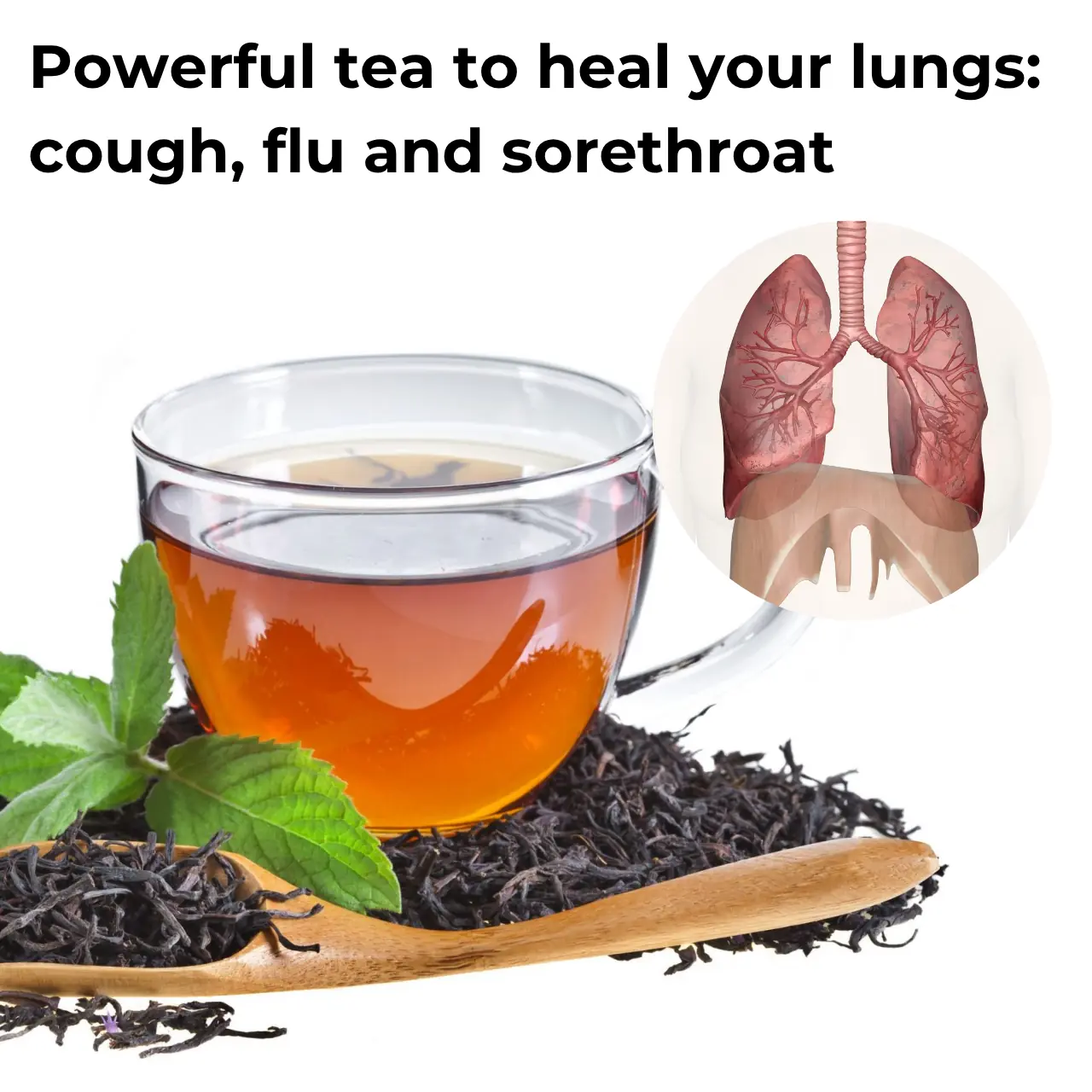
Proven Health Benefits and Uses of Thyme and Thyme Tea
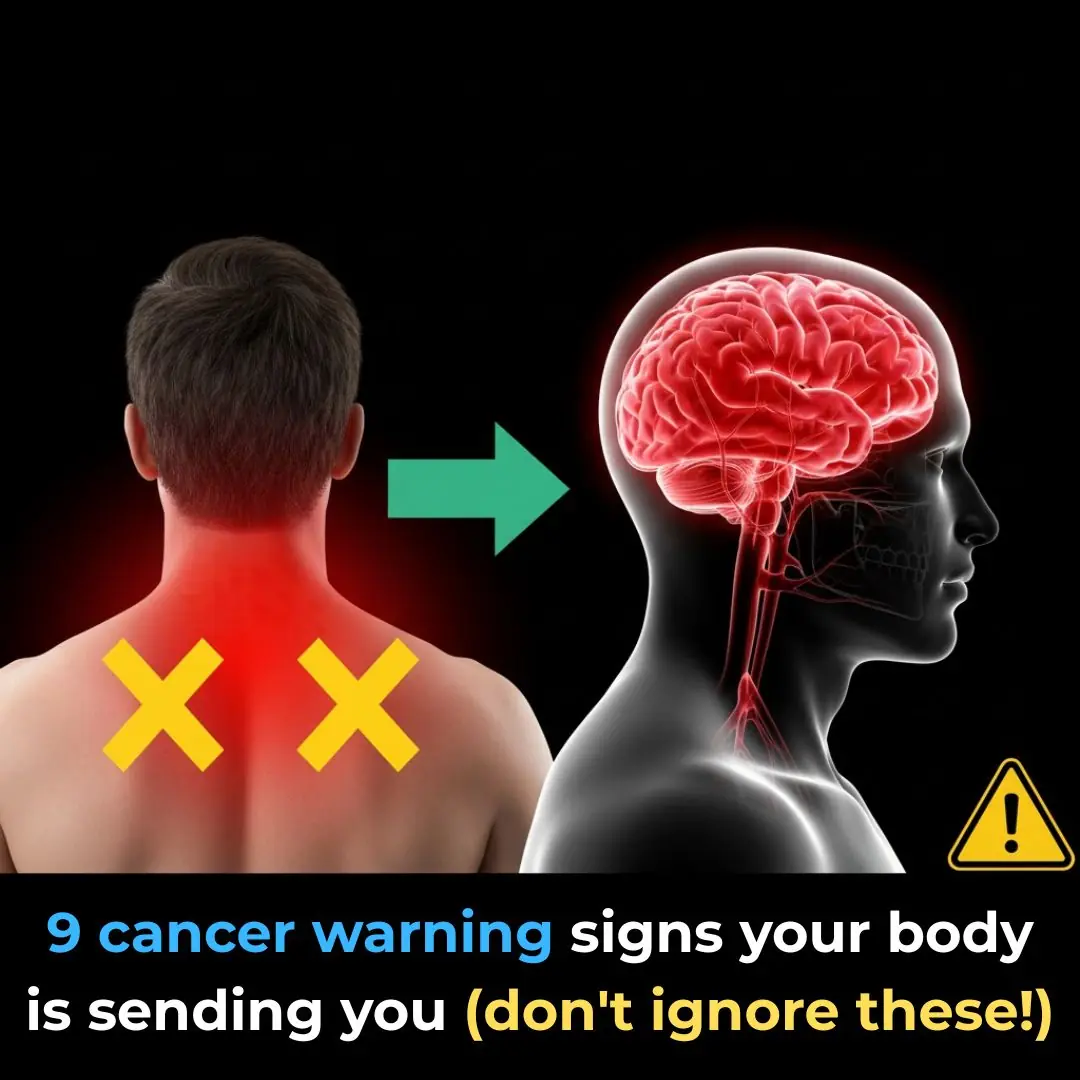
9 cancer warning signs your body is sending you (don’t ignore these!)
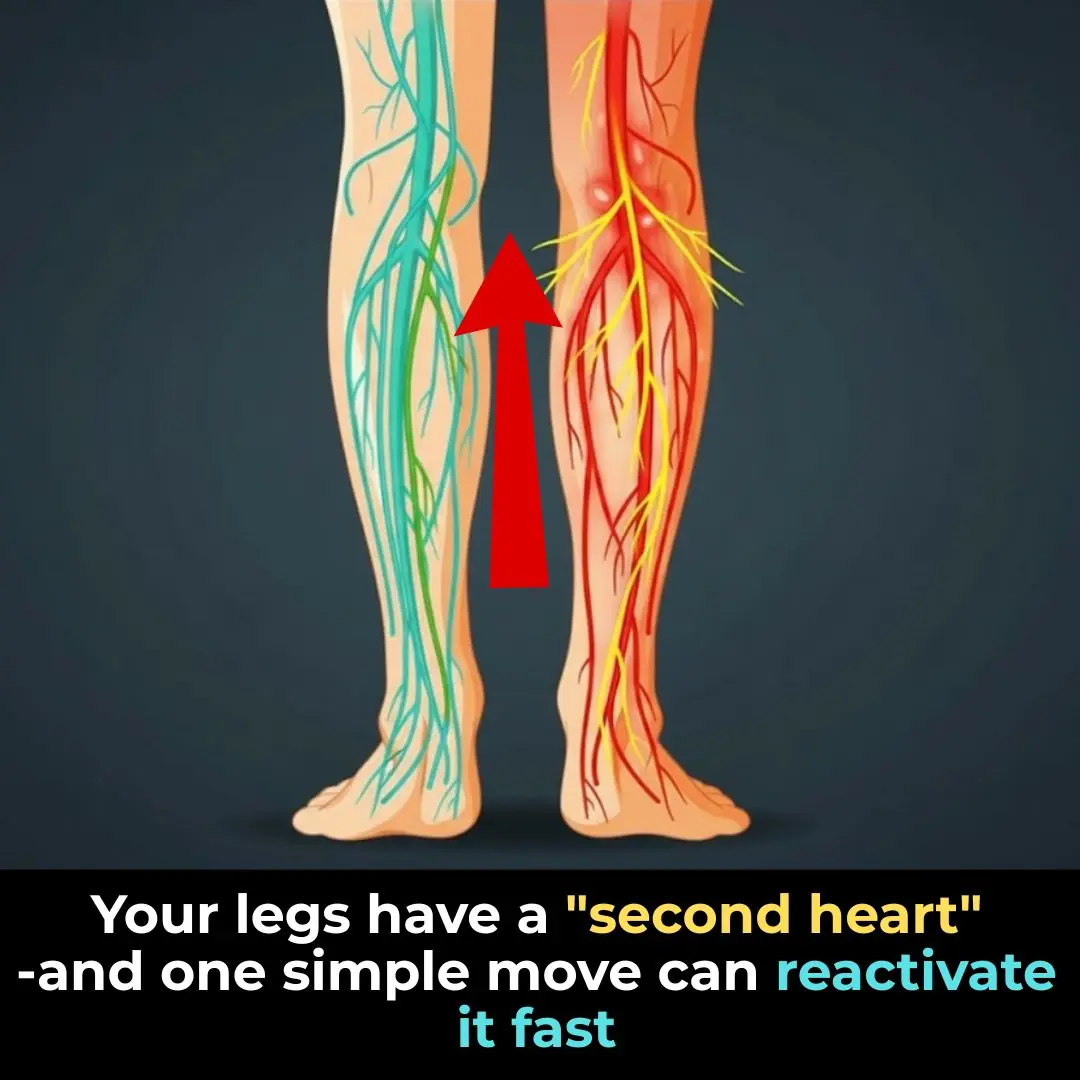
Your legs have a “second heart” — and one simple move can reactivate it fast
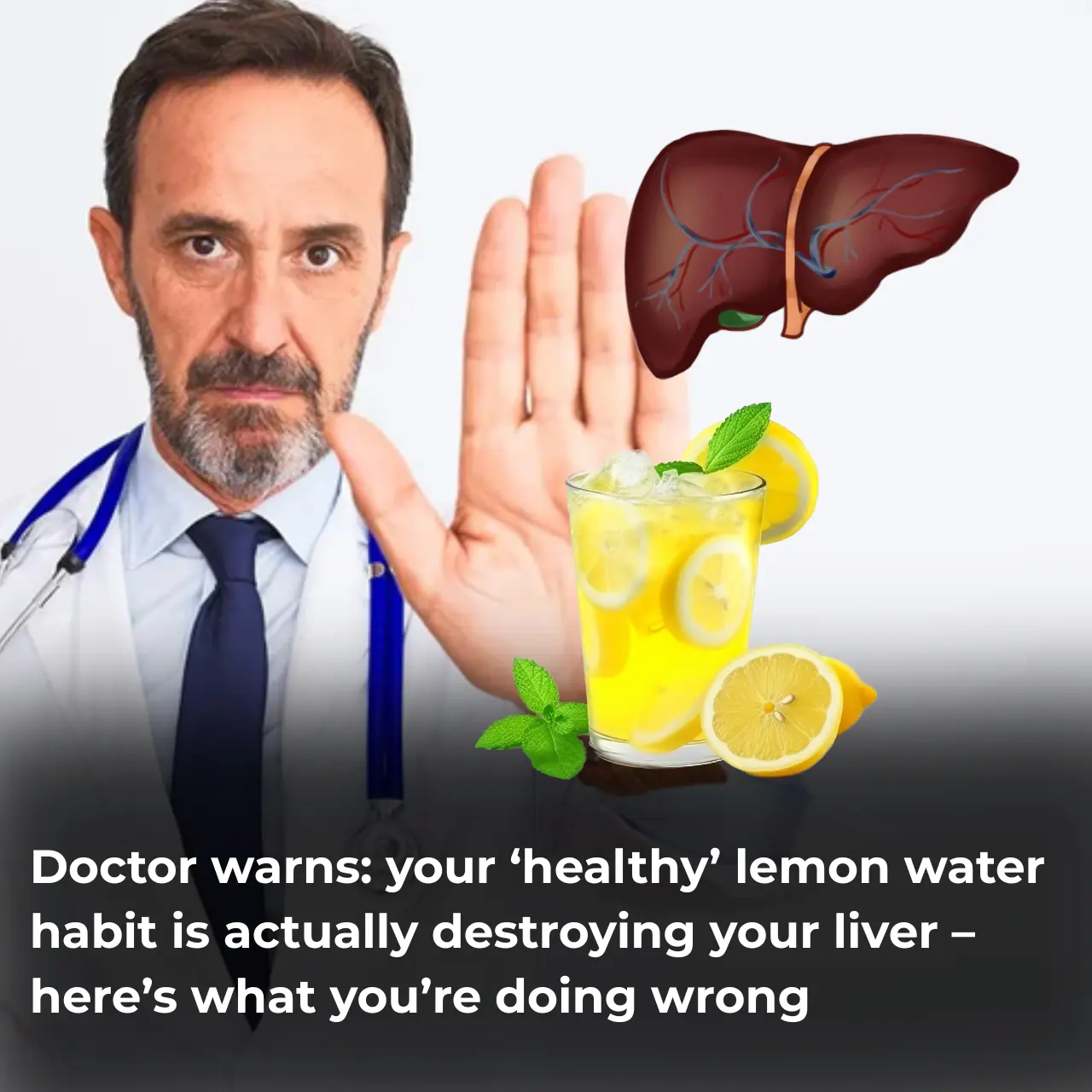
Doctor warns: your ‘healthy’ lemon water habit is actually destroying your liver – here’s what you’re doing wrong
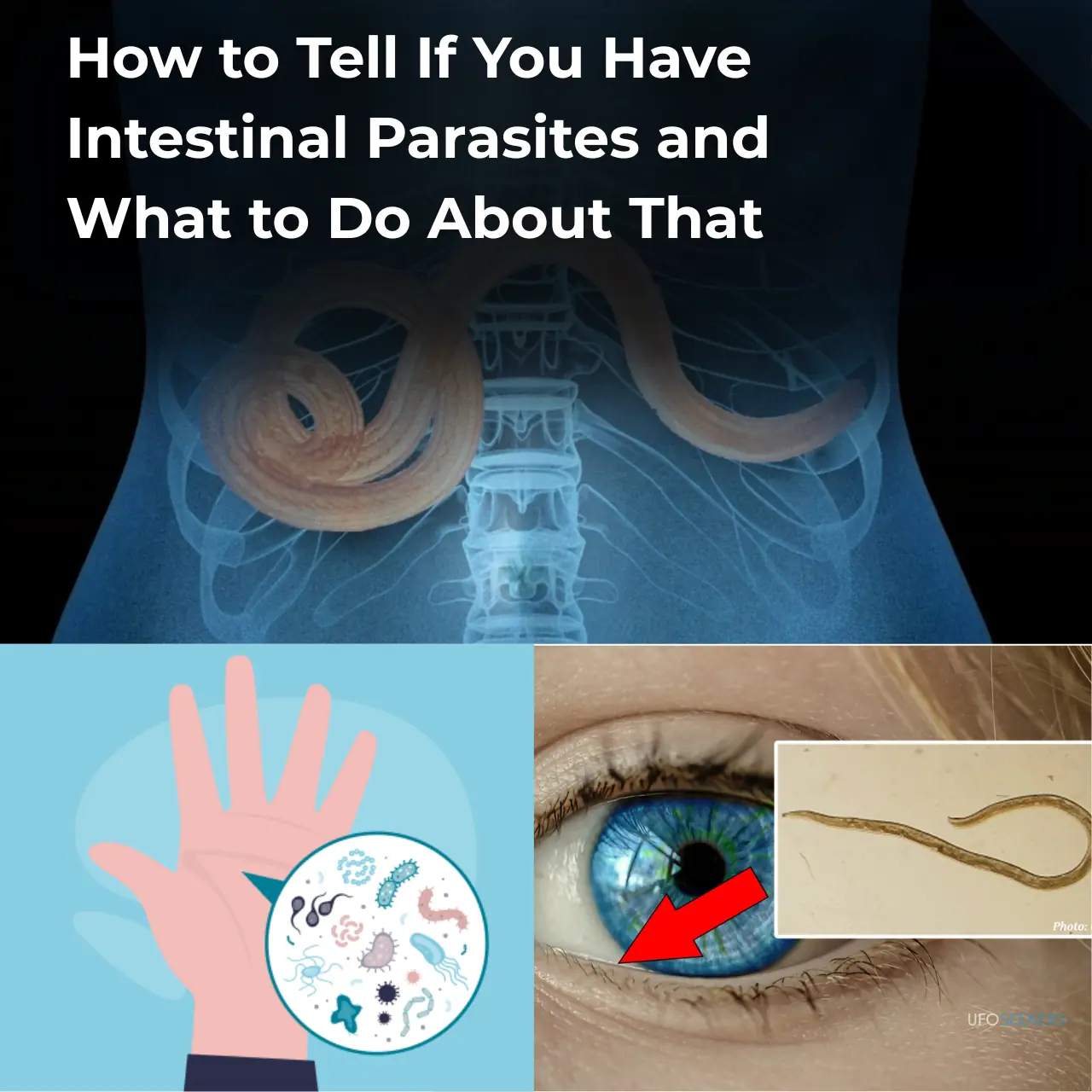
How to Tell If You Have Intestinal Parasites and What to Do About That
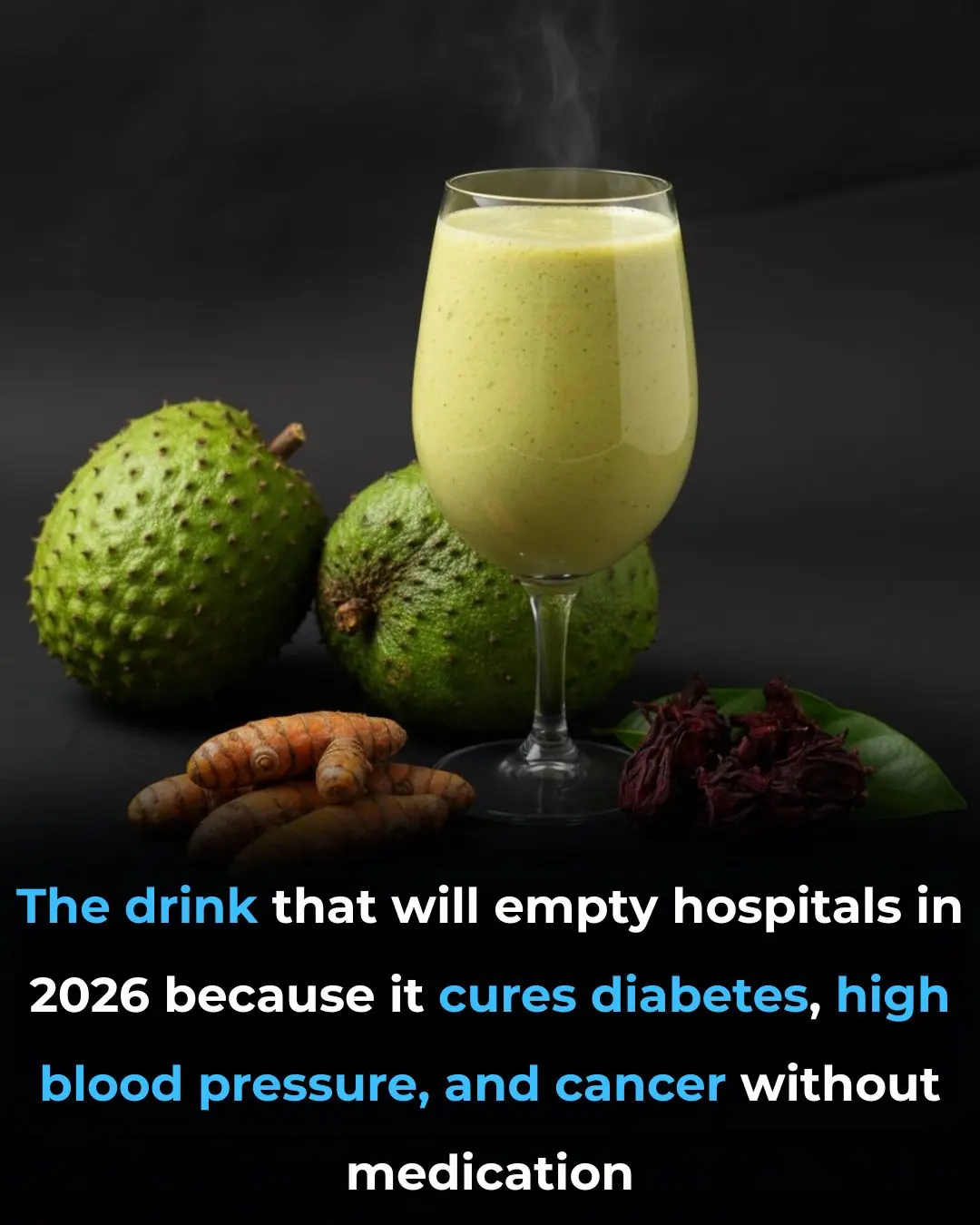
2026’s hottest health drink: A natural boost for blood pressure and diabetes
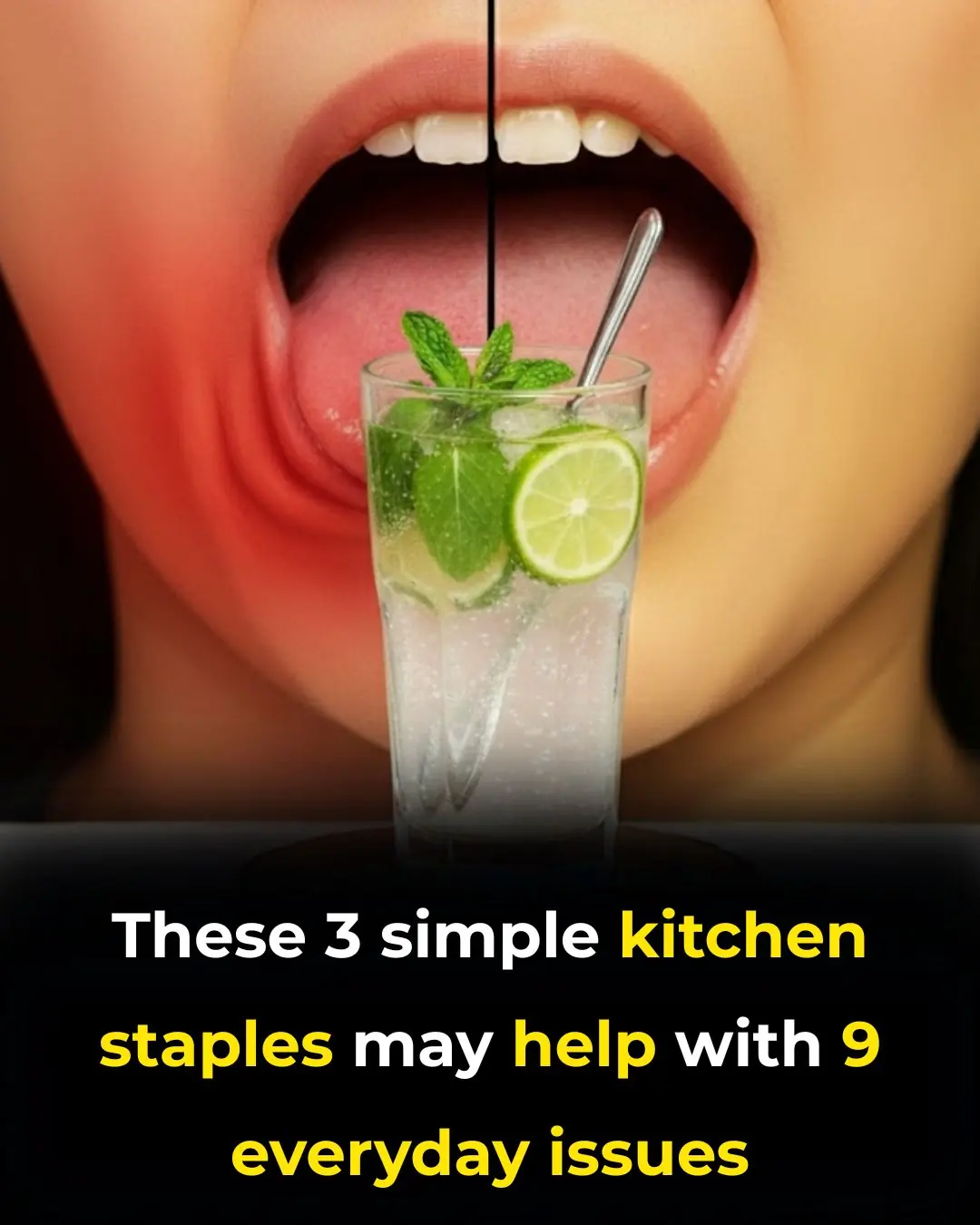
This Salt, Pepper and Lemon “Miracle-Mix” Can Help Solve 9 Problems

Scientists Discover The Maximum Age a Human Can Live To
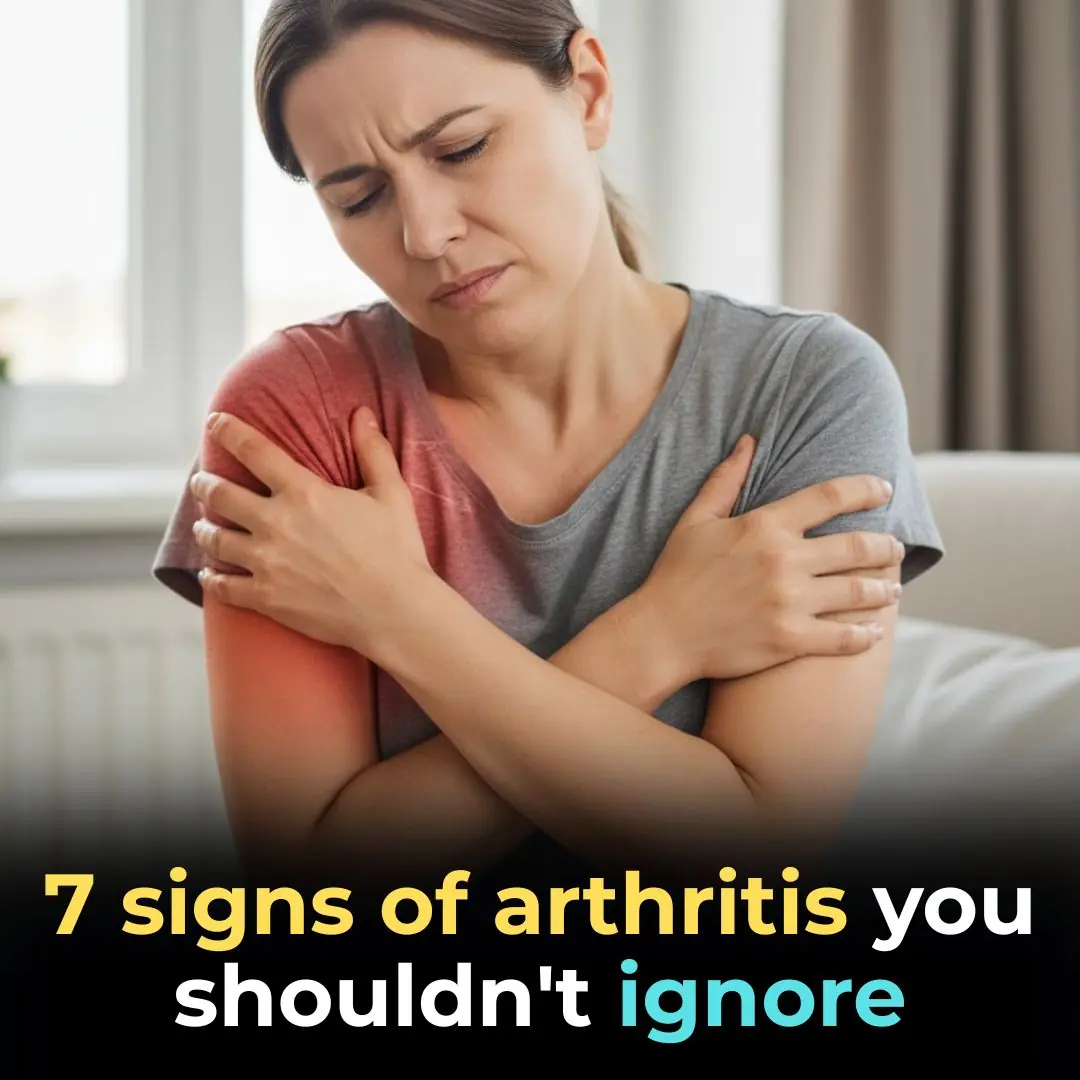
Signs of Arthritis You Shouldn’t Ignore
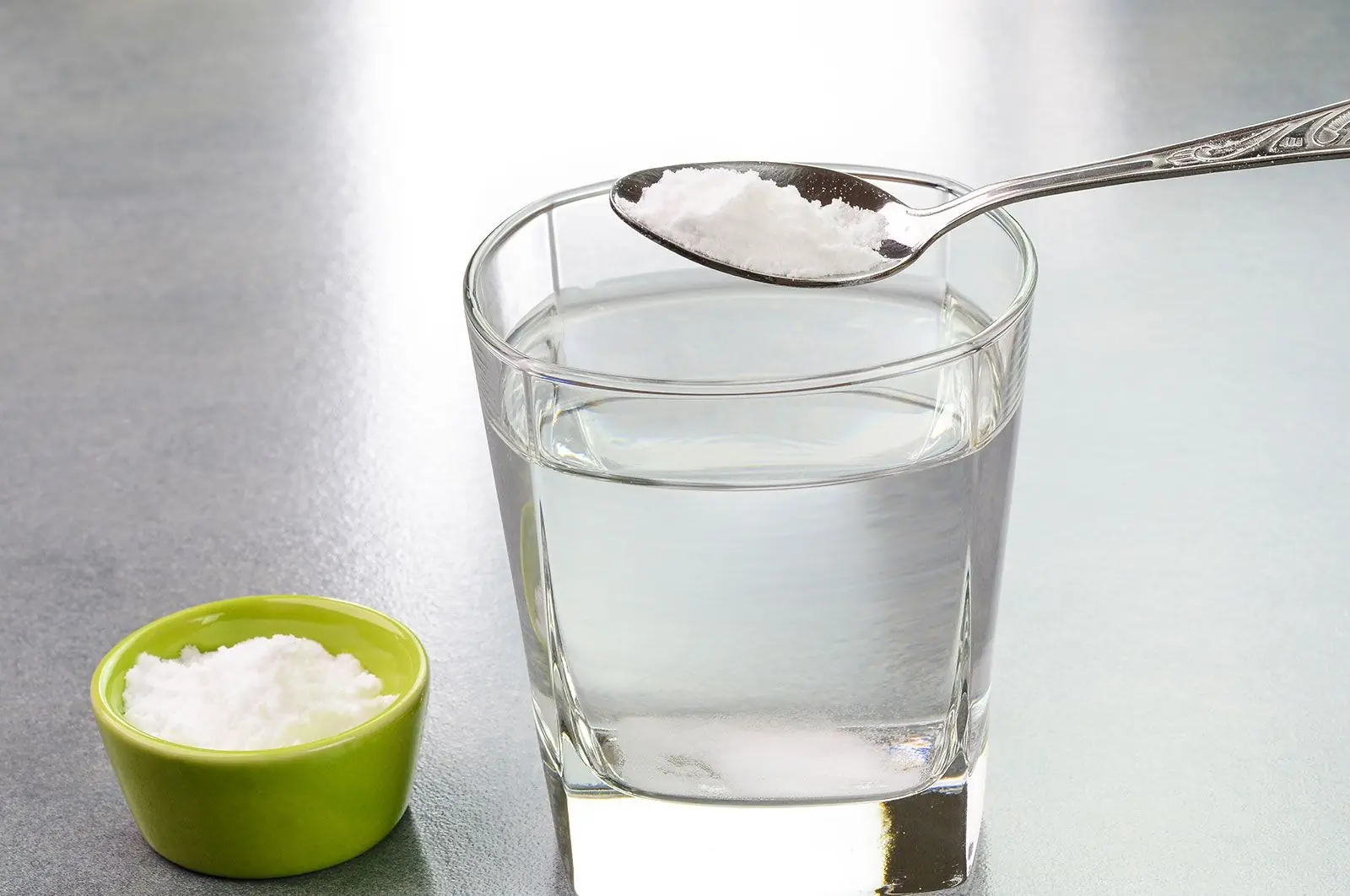
The Life-Changing Effects Of Adding Just A Pinch Of Baking Soda To Your Water
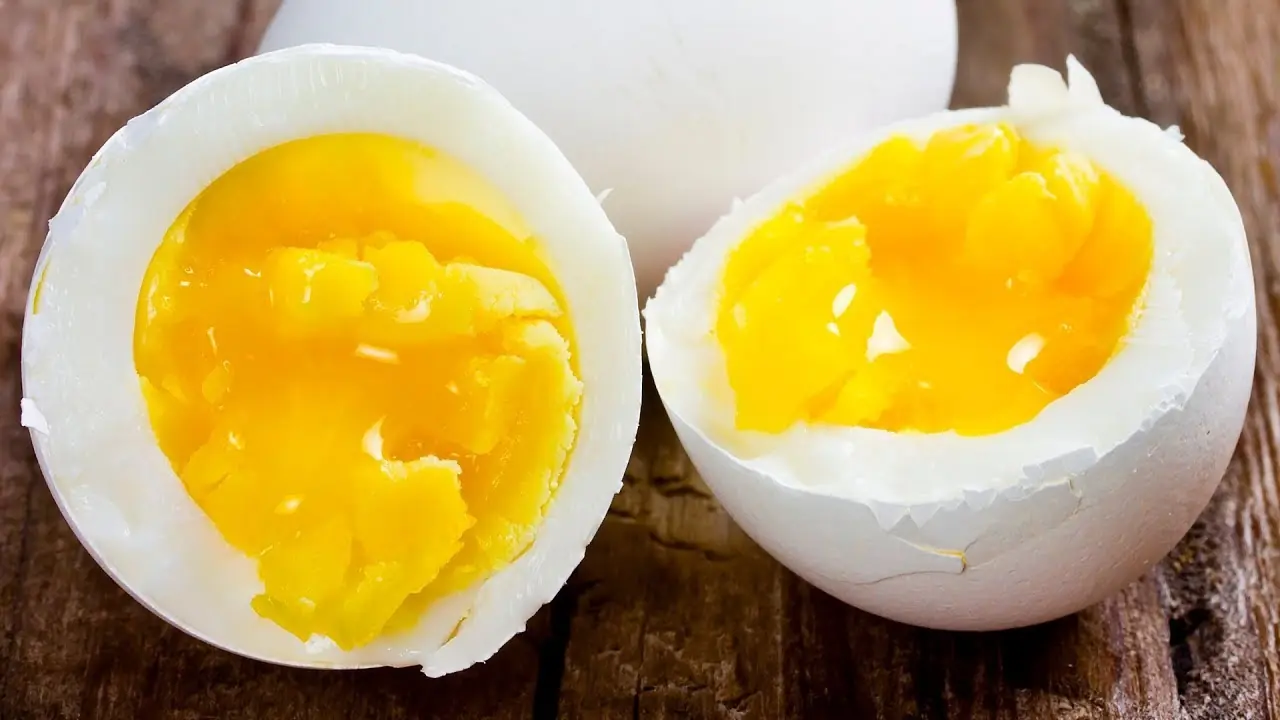
WHAT HAPPENS WHEN YOU EAT 3 WHOLE EGGS EVERY DAY — THE RESULTS MAY SURPRISE YOU

Remove This from Your Home to Live Longer
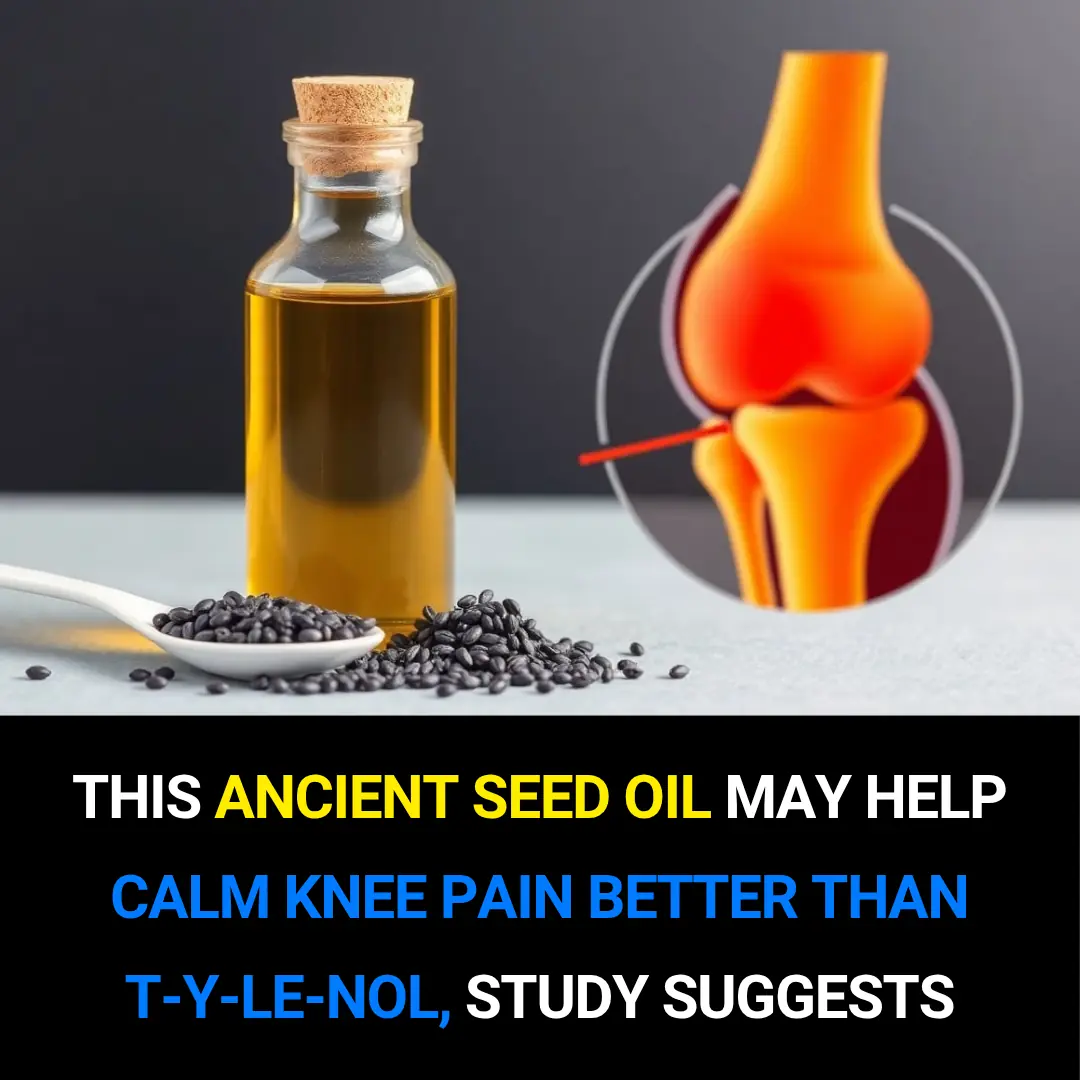
This Ancient Seed Oil May Calm Knee Pain Better Than Tylenol, Study Finds
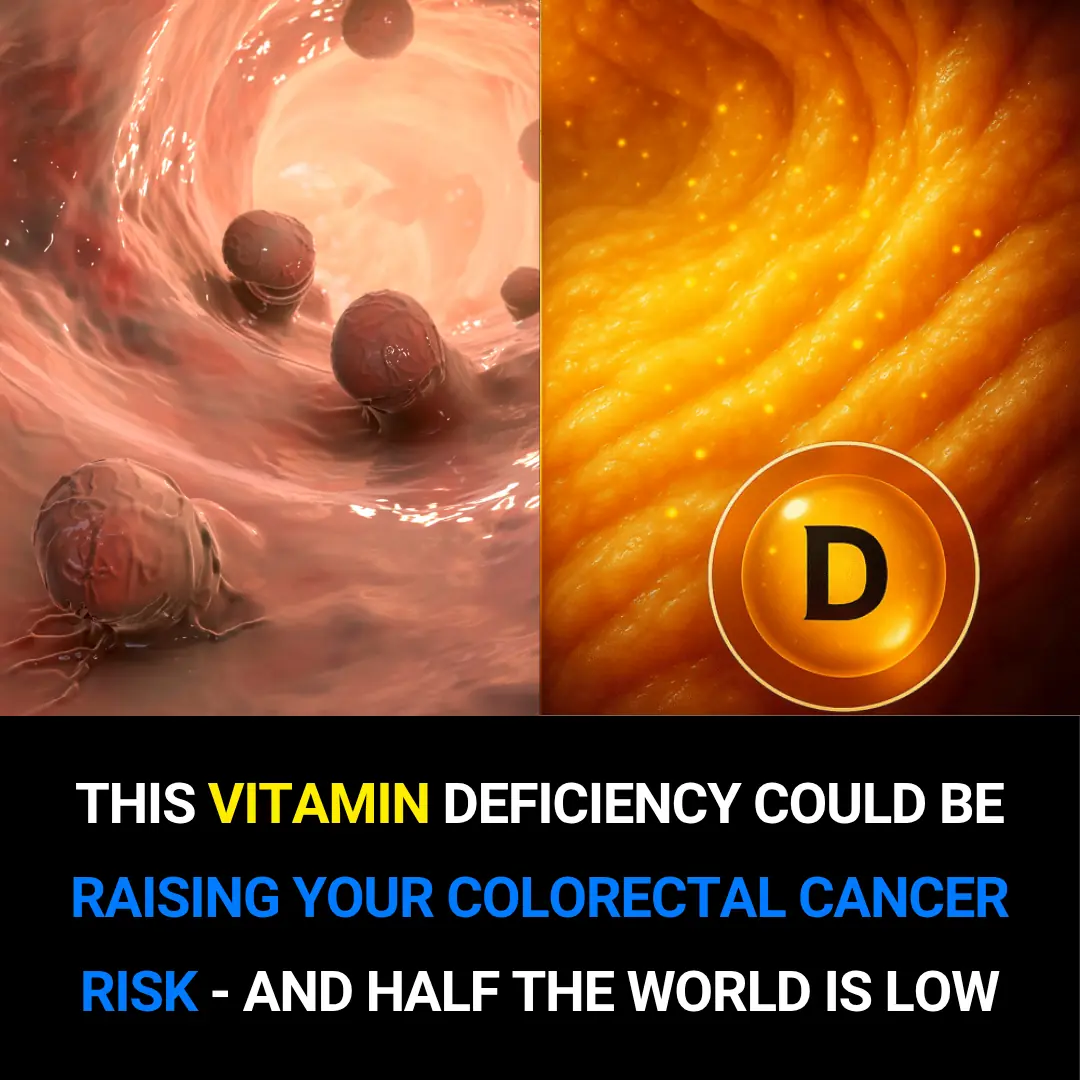
This Common Vitamin Deficiency Could Be Raising Your Colorectal Cancer Risk — and Half the World Is Affected
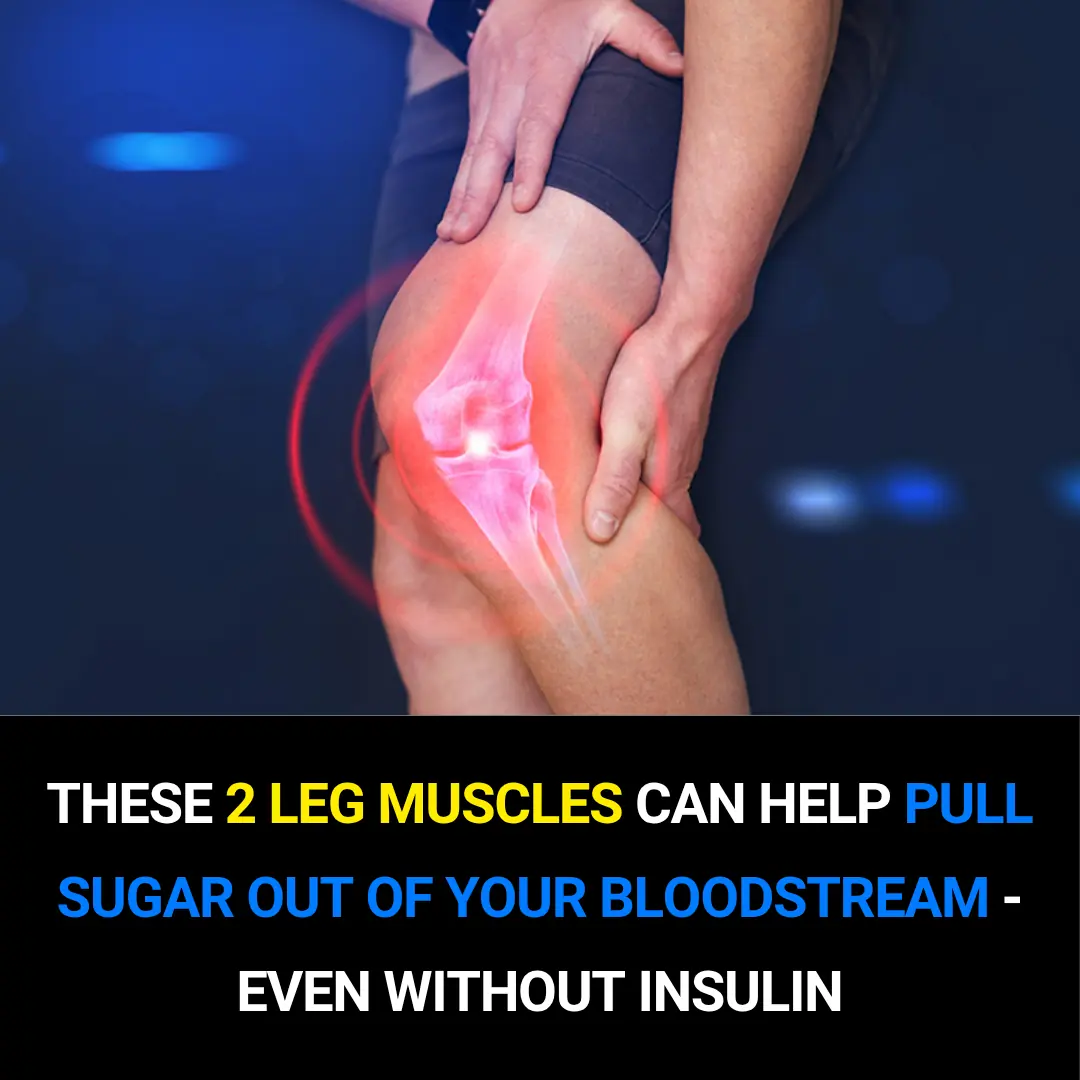
Lower Blood Sugar Naturally by Training Just Two Leg Muscles
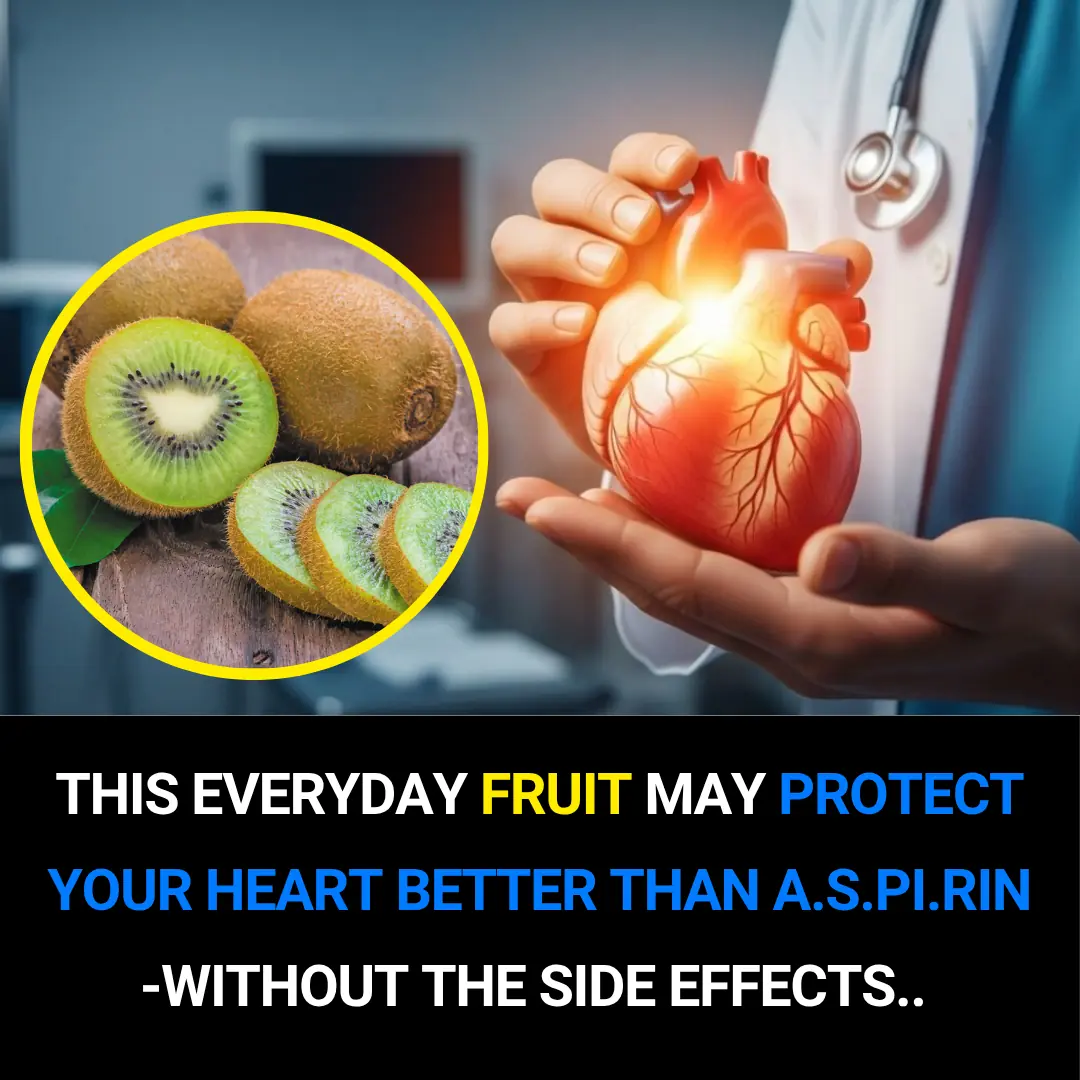
Forget Aspirin — This Everyday Fruit Could Protect You from Stroke and Heart Attack
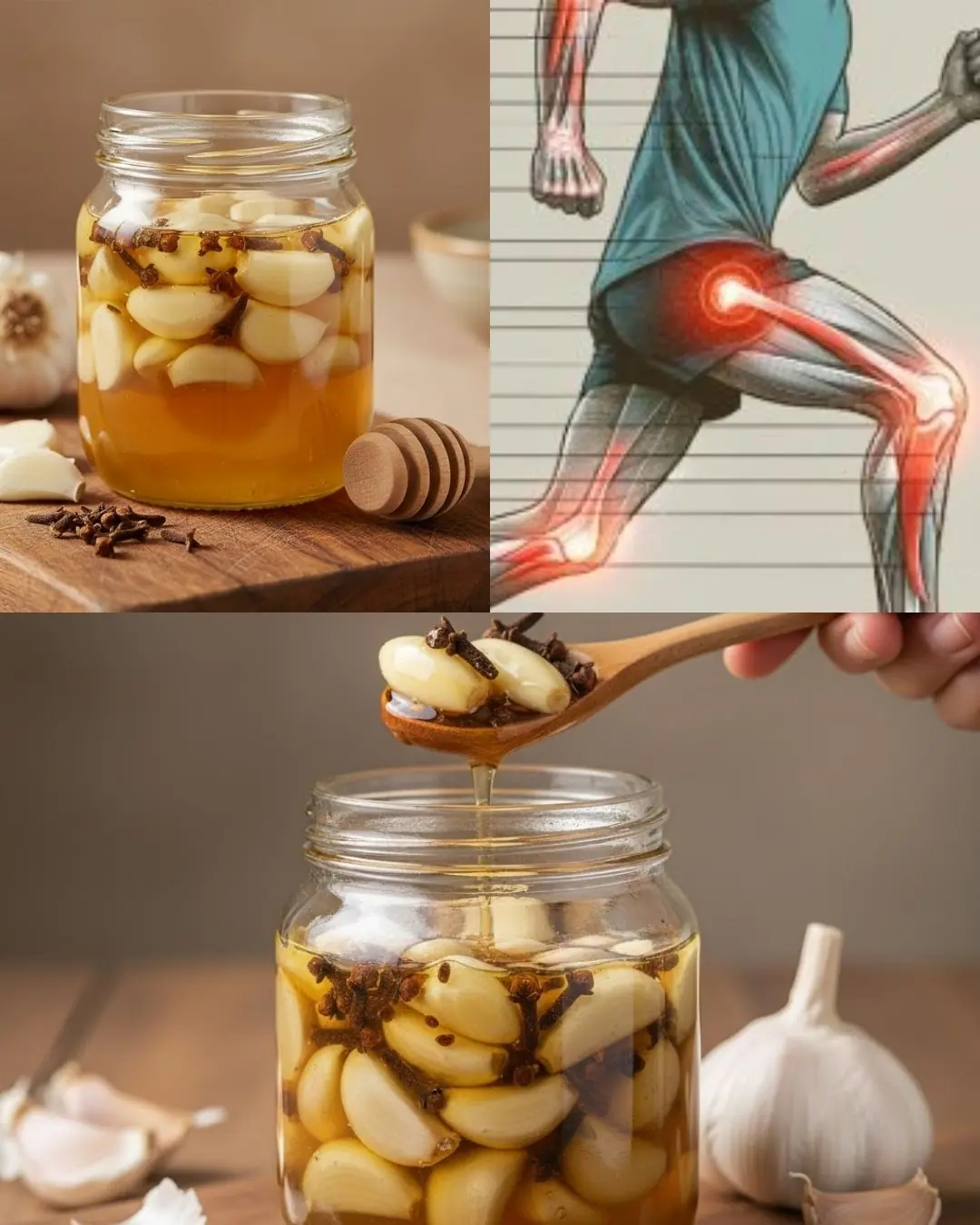
Garlic, honey, and cloves – a powerful natural remedy packed with health benefits
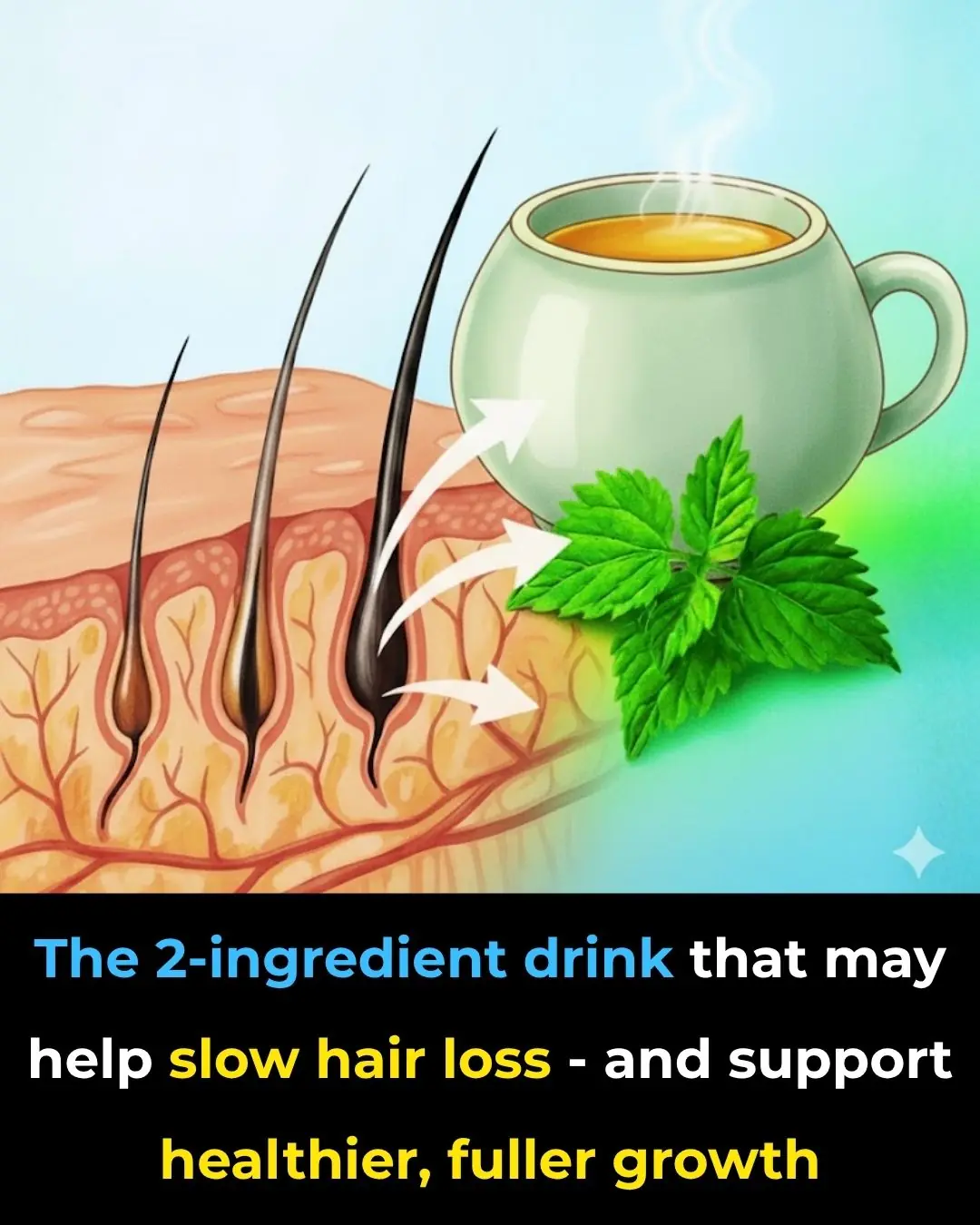
Anyone Whose Hair Is Falling Out Needs To Make This 2-Ingredient Drink Immediately
News Post

The White House Communications Office is saying our story is not true. We stand by our story. Our story is accurate.

D4vd's Friends Thought He Was Celeste Rivas' Boyfriend, Thought She Was 19

Netflix's Being Eddie release date and what to expect from the Eddie Murphy special

Man Builds “Museum Of Love” To Honor Late Wife’s Memory

MAFS UK's Julia-Ruth issues statement after 'three husbands' bombshell

Strictly star Harry Aikines-Aryeetey addresses ‘heartbreaking’ elimination: ‘It’s nice to go out on a party’

Seven Types of Pain You should Never Ignore

Proven Health Benefits and Uses of Thyme and Thyme Tea
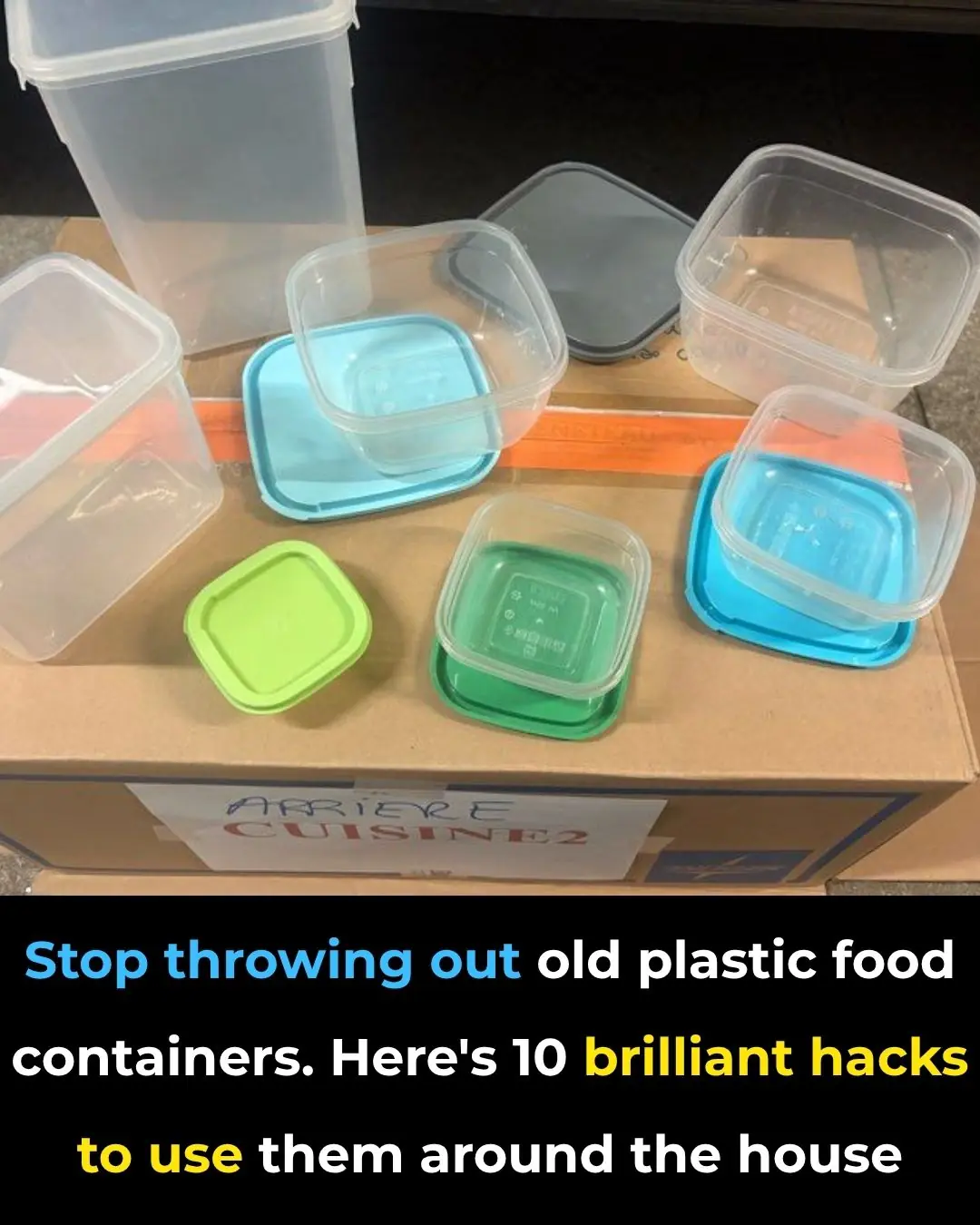
Stop throwing out old plastic food containers
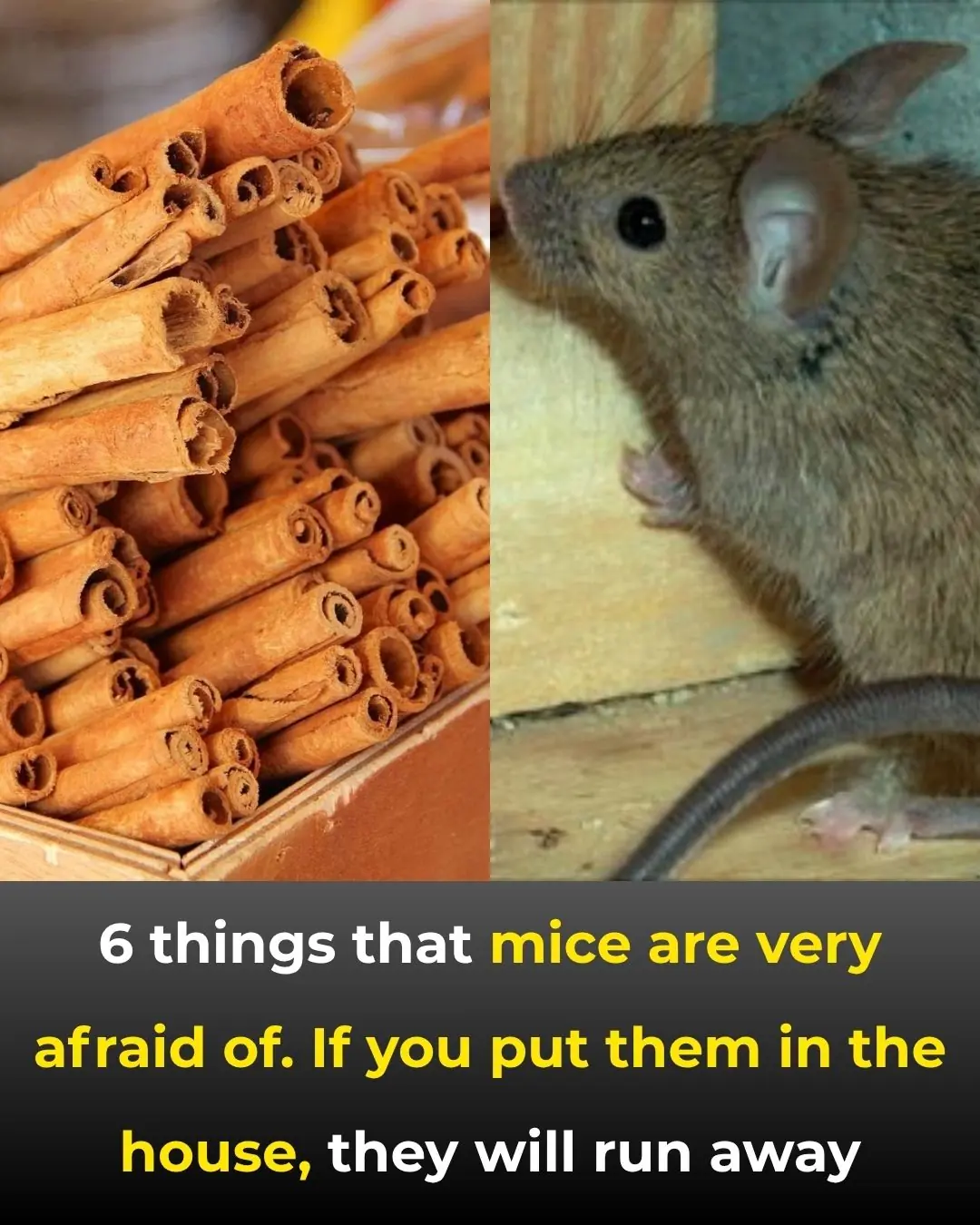
6 things that mice are very afraid of

9 cancer warning signs your body is sending you (don’t ignore these!)

Your legs have a “second heart” — and one simple move can reactivate it fast

Doctor warns: your ‘healthy’ lemon water habit is actually destroying your liver – here’s what you’re doing wrong

Why You Shouldn’t Rush to Fold the Bed When Checking Out of a Hotel
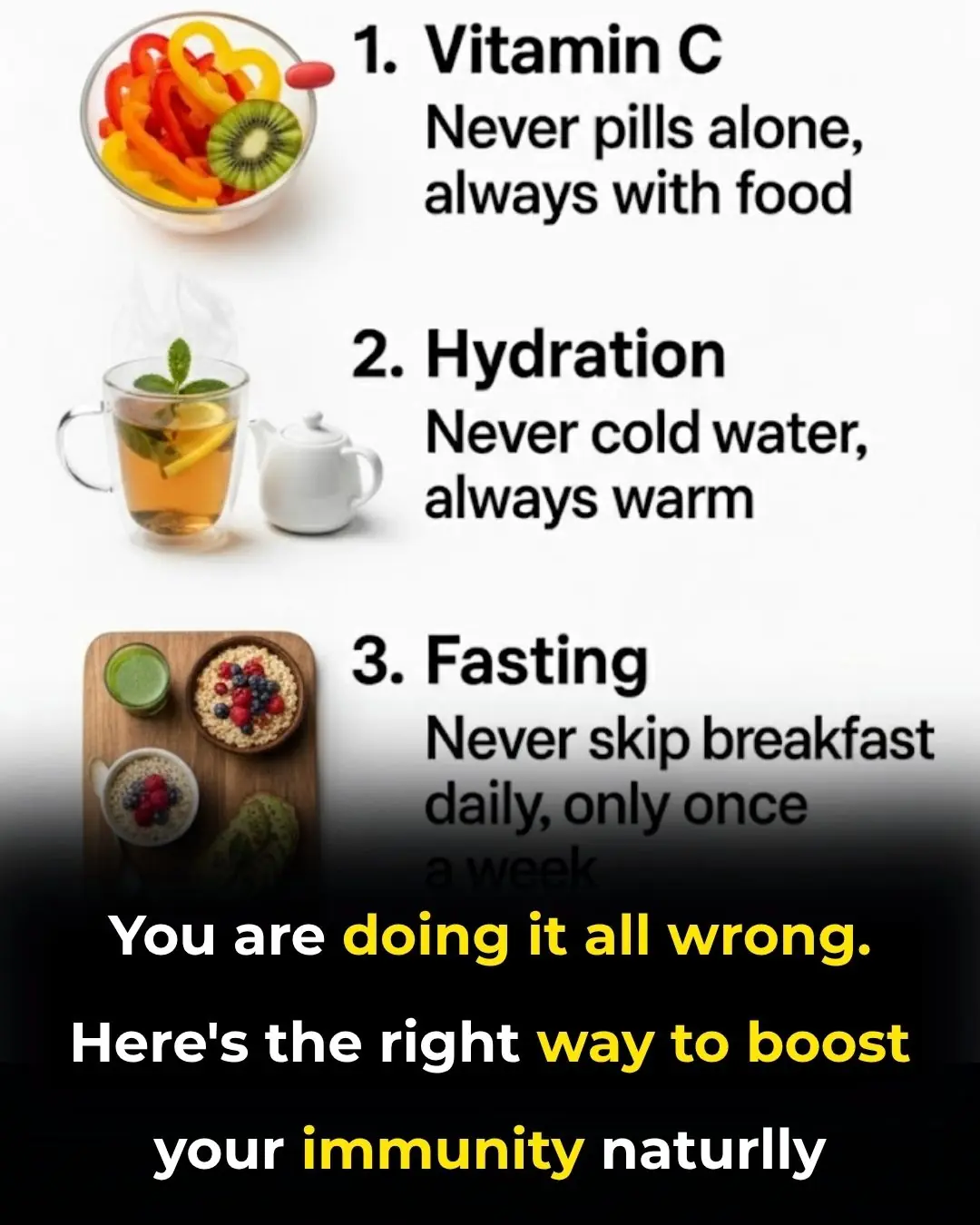
You are doing it all wrong. Here's the right way to boost your immunity naturally
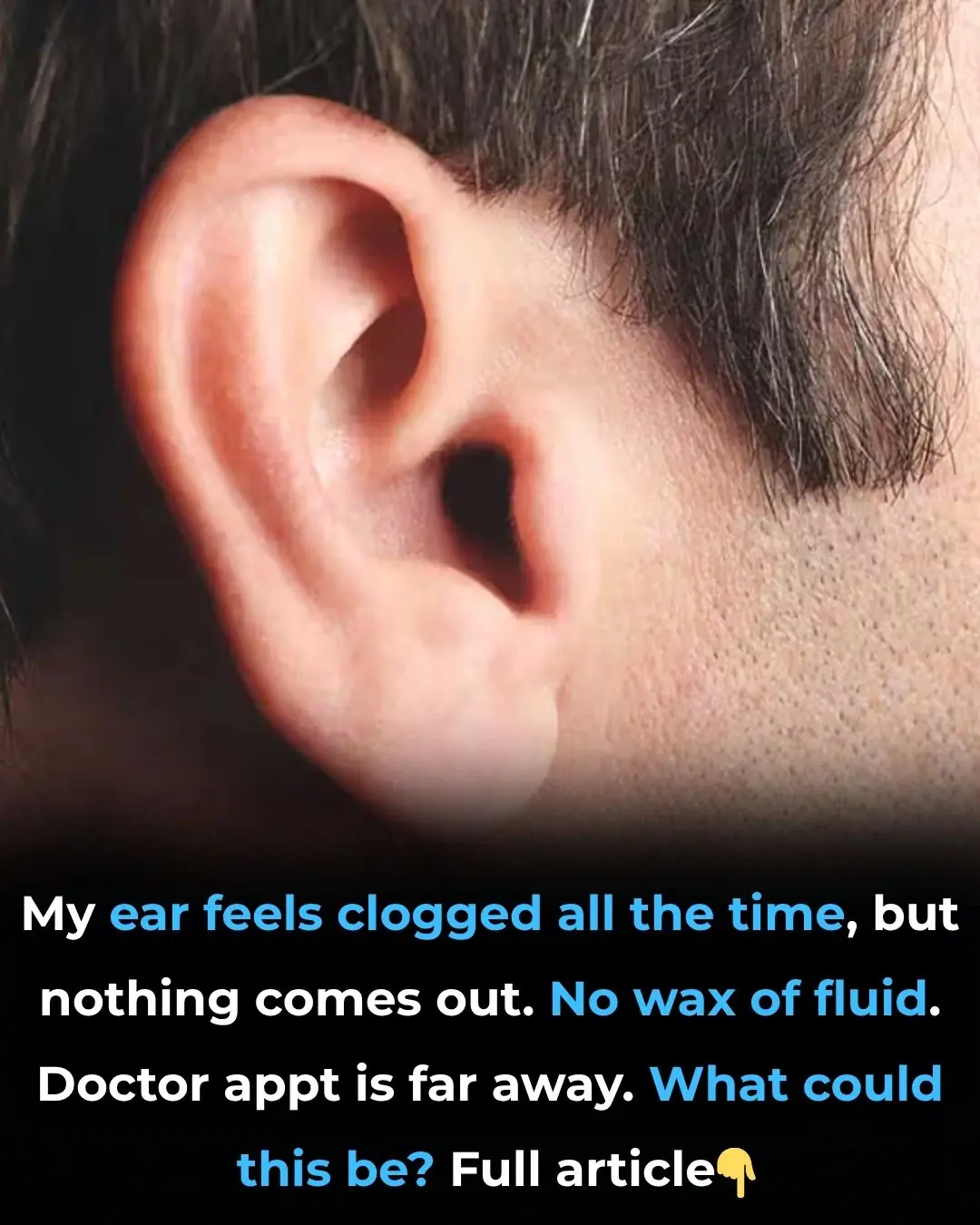
My ear feels clogged all the time, but nothing comes out. No wax of fluid. Doctor appt is far away. What could this be?

Wow, I never knew this!

How to Tell If You Have Intestinal Parasites and What to Do About That

Morehouse Students Appear in ‘Vogue’ To Reflect On Legacy of Style in Honor of MLK Day
